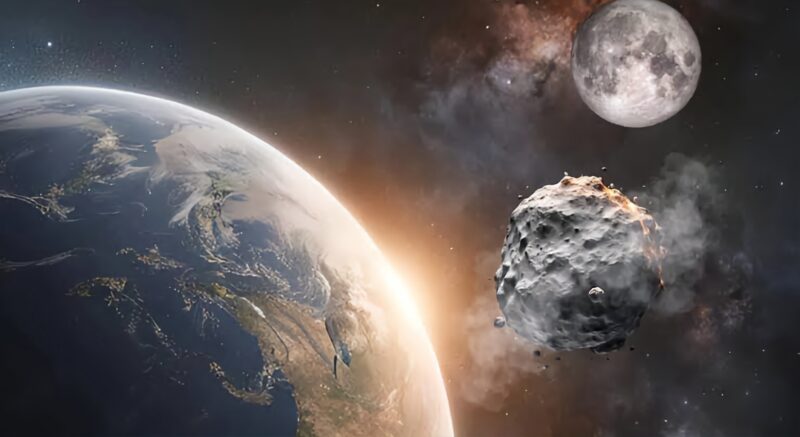Astronomers Discover a Fast-Forming Exoplanet Challenges Existing Theories on Planetary Formation Speeds and Raises New Questions About Cosmic Evolution
Astronomers have made a groundbreaking discovery of a fast-forming exoplanet orbiting a young star, taking just 3 million years to form — a blink of an eye in cosmic terms. This finding, detailed in the journal Nature, challenges current assumptions about how quickly planets can emerge.
Meet IRAS 04125+2902 b: A Cosmic Newborn
Dubbed IRAS 04125+2902 b or TIDYE-1b, this exoplanet is one of the youngest ever observed beyond our solar system. With a mass 10 to 20 times that of Earth and a diameter 11 times greater, it occupies a unique position between rocky planets like Earth and gas giants like Neptune.
The planet orbits its host star — a future orange dwarf — at a rapid pace, completing one orbit every 8.8 days. Located 520 light-years away in the Milky Way galaxy, the star is about 70% the mass of our sun and half as luminous.
A New Timeline for Planet Formation?
“This discovery confirms that planets can form in just 3 million years, much faster than previously thought. Earth, for example, took 10 to 20 million years,”
explained Madyson Barber, lead author and graduate student at the University of North Carolina at Chapel Hill.
Co-author Andrew Mann added,
“We know giant planets must form before their protoplanetary disks — dense clouds of gas and dust — dissipate within 5 to 10 million years. But this discovery suggests planets can emerge much sooner.”
How Was the Planet Found?
The team used NASA’s Transiting Exoplanet Survey Satellite (TESS) to detect the planet via the “transit” method. This involves observing dips in a star’s brightness as the planet passes in front of it. Remarkably, this is the youngest transiting planet ever identified.
“This was unexpected,” Barber noted. “We thought the disk surrounding young stars would block our view of transiting planets. But the outer disk appears warped, creating a clear window to the star.”
The Journey of IRAS 04125+2902 b
Scientists believe the planet formed further from its star and later migrated inward.
“Building large planets close to the star is tricky,” Barber explained, “as material near the star’s inner regions dissipates too quickly for a large planet to form there.”
Implications for Exoplanet Research
This discovery sheds new light on how stars and planets form from collapsing clouds of interstellar gas and dust. It also highlights the importance of innovative detection methods in uncovering young, elusive planets.
The study raises exciting questions about the speed and variability of planetary formation, potentially rewriting the rules of cosmic creation.










Join our Channel...